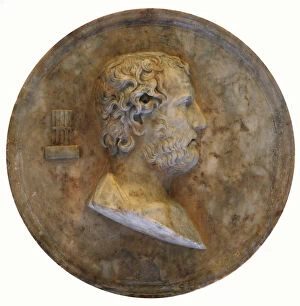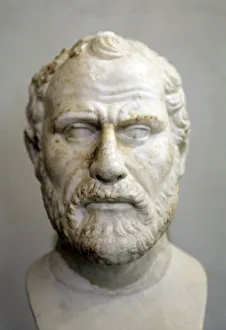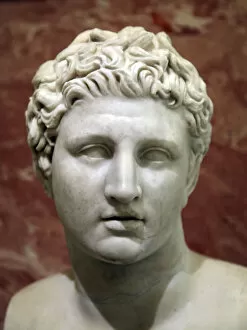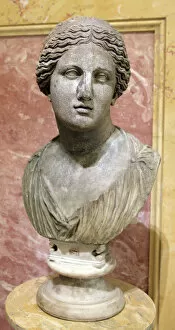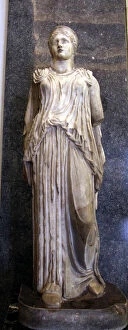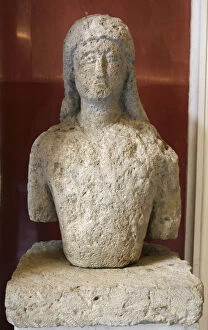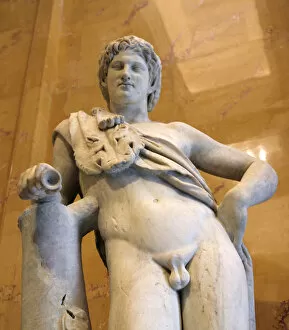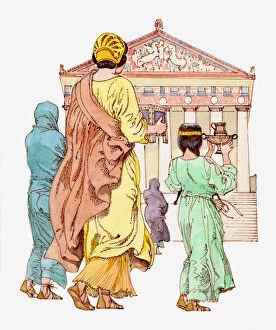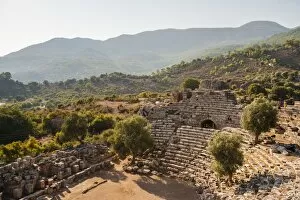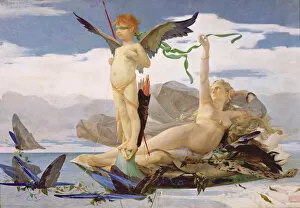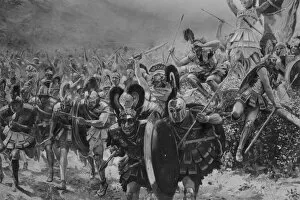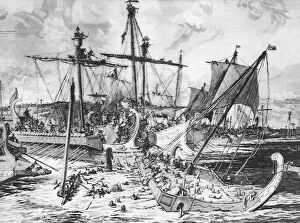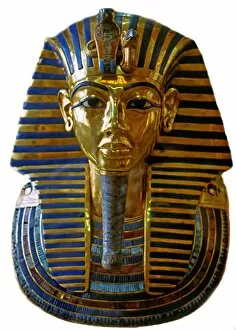Ancient Greek Collection (#59)
Step back in time and immerse yourself in the captivating world of ancient Greece
For sale as Licensed Images
Choose your image, Select your licence and Download the media
Step back in time and immerse yourself in the captivating world of ancient Greece. From the majestic statue of Athena standing tall in the Parthenon to the intricate Doric, Ionic, and Corinthian columns adorning their temples, every aspect of this empire exudes grandeur and sophistication. Transport yourself to Ancient Athens, where philosophers like Socrates engaged in intellectual debates that shaped Western thought. With a touch of humor, Socrates' caricature reminds us of his profound influence on philosophy. The Trojan War comes alive as we witness Achilles delivering a fatal blow to Hector. This epic battle has been immortalized throughout history as a symbol of heroism and tragedy. Marvel at the bravery displayed by the ancient Greeks holding firm at Thermopylae's pass against overwhelming odds. Their unwavering determination serves as an inspiration even today. Explore beyond mainland Greece to its colonies scattered around the Aegean Sea. These settlements played a crucial role in spreading Greek culture far and wide, leaving an indelible mark on civilizations for centuries to come. Hermes, known as the messenger of gods, captivates us with his gracefulness depicted by Jonnard's artwork from 1886. His presence reminds us of how mythology intertwined with everyday life during this era. Delve into Greek literature through Aristotle's eyes as he contemplates Homer's genius while gazing upon his bust painted by Rembrandt Harmensz van Rijn in 1653. This masterpiece encapsulates the reverence for knowledge that defined ancient Greek society. Lastly, Circe Invidiosa transports us into a mythical realm where enchantresses held sway over mortals' fates. John William Waterhouse skillfully captures her allure and intrigue through his brushstrokes. As you explore these glimpses into ancient Greece's rich tapestry, let your imagination soar amidst tales of gods and heroes who shaped one of history's greatest empires - an empire whose legacy continues to inspire and captivate us to this day.


